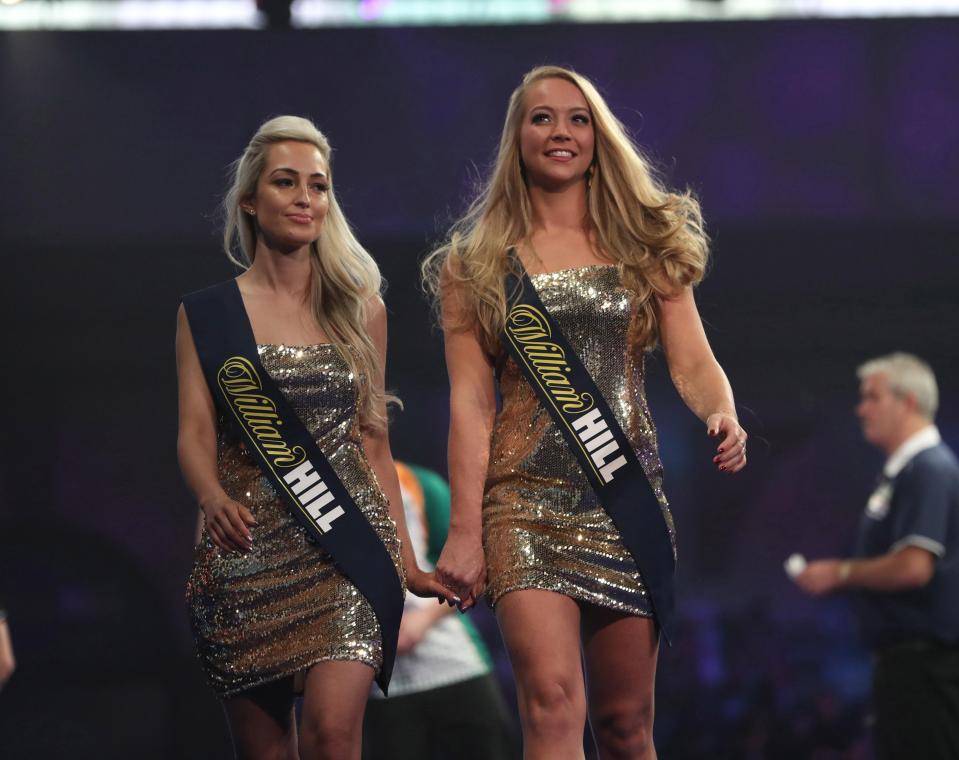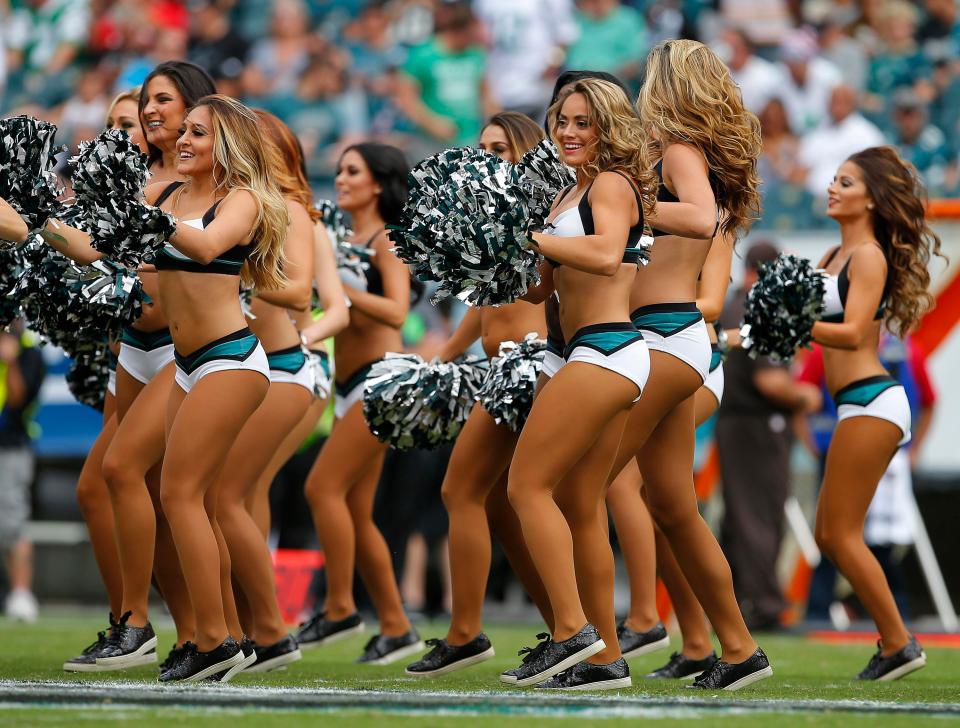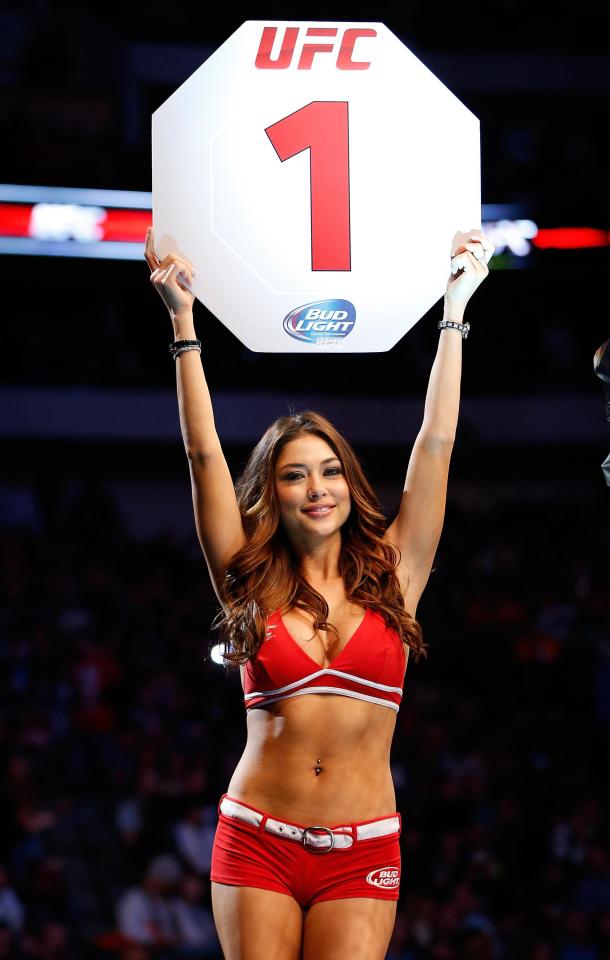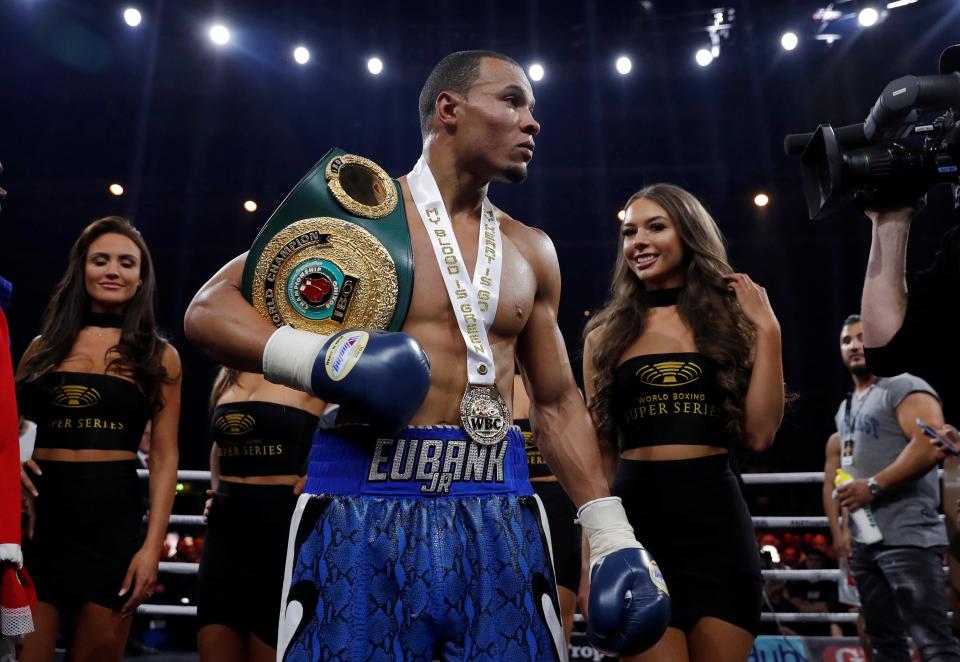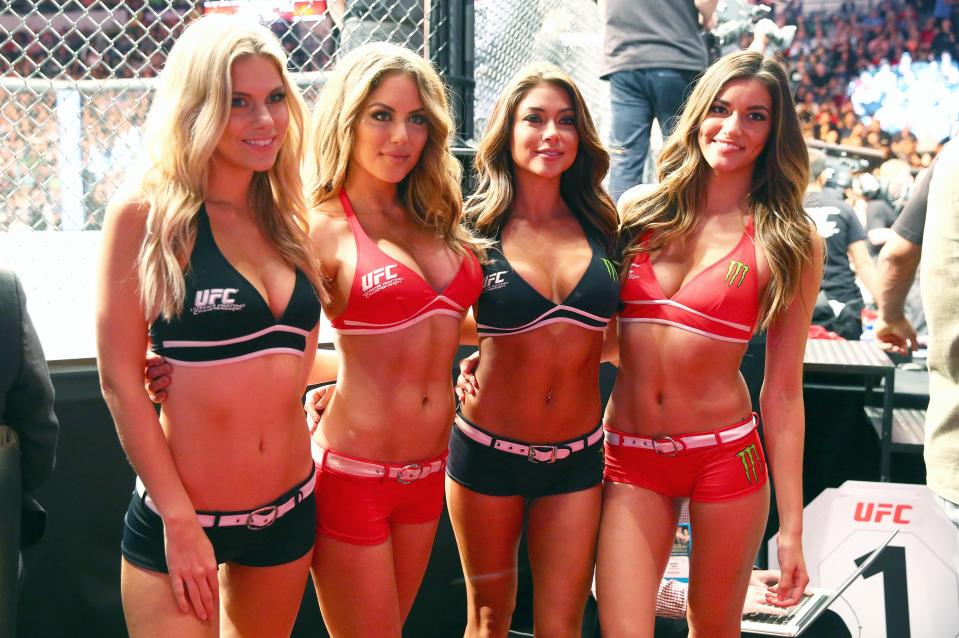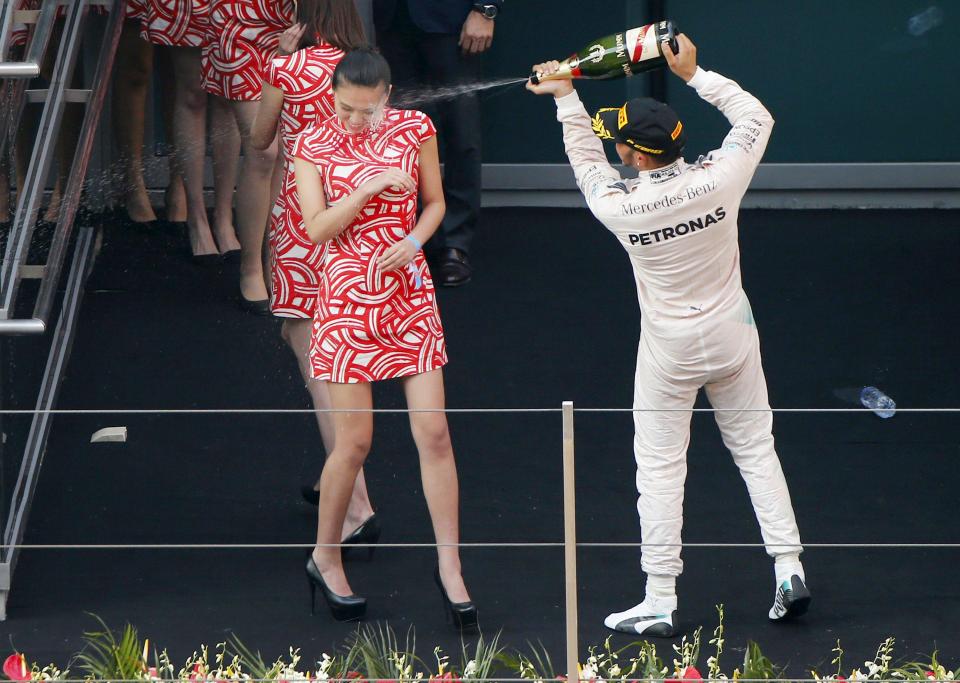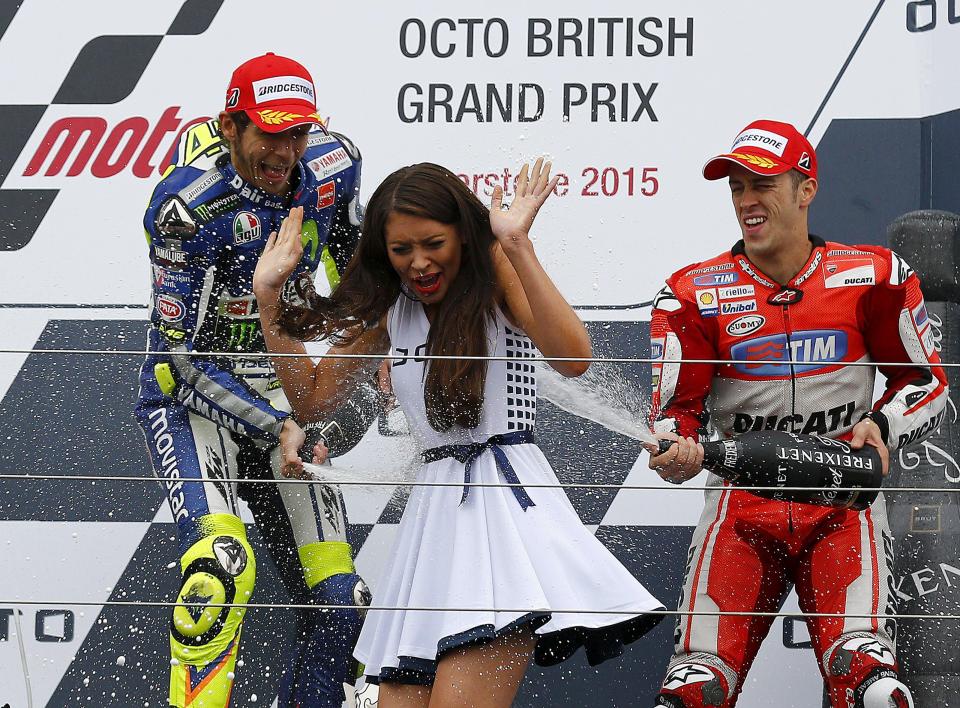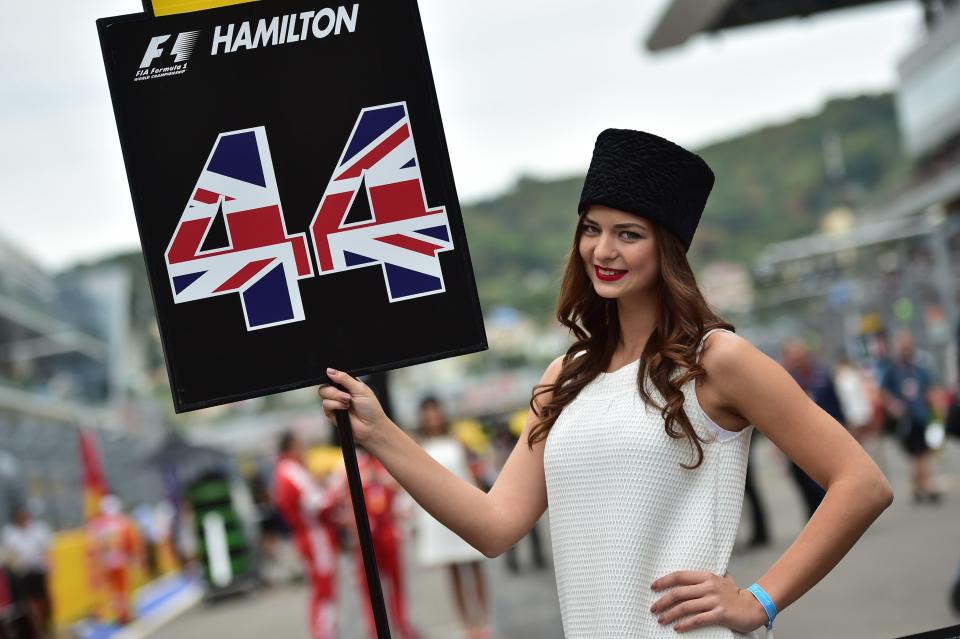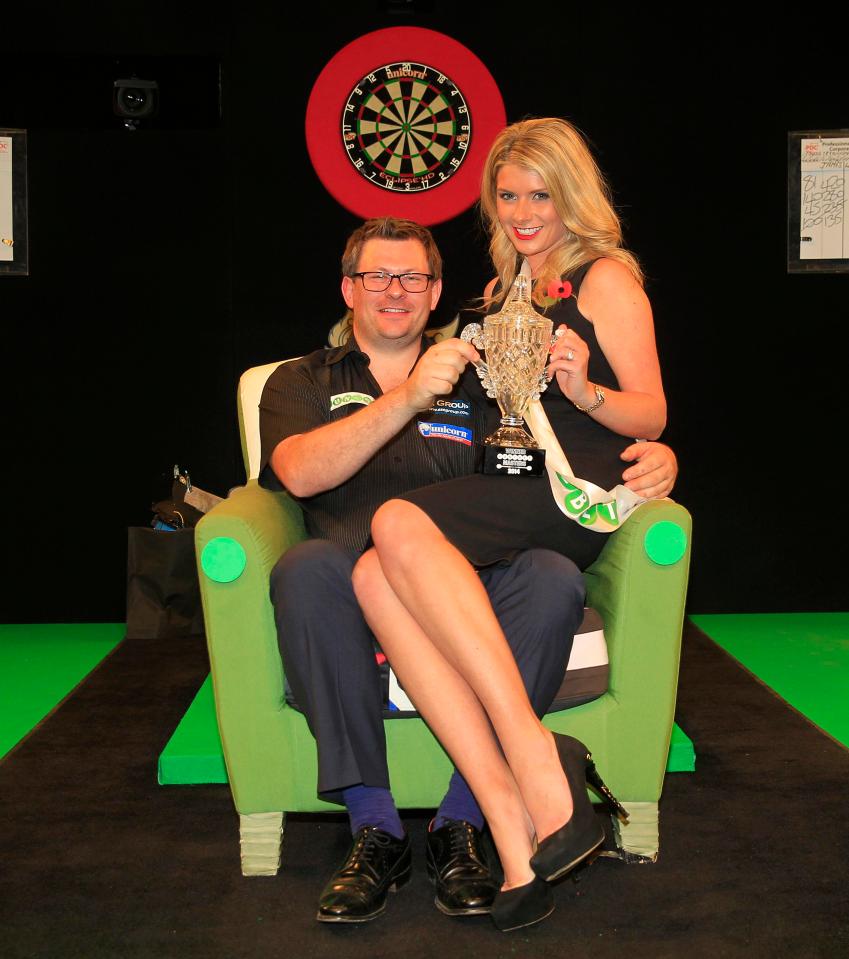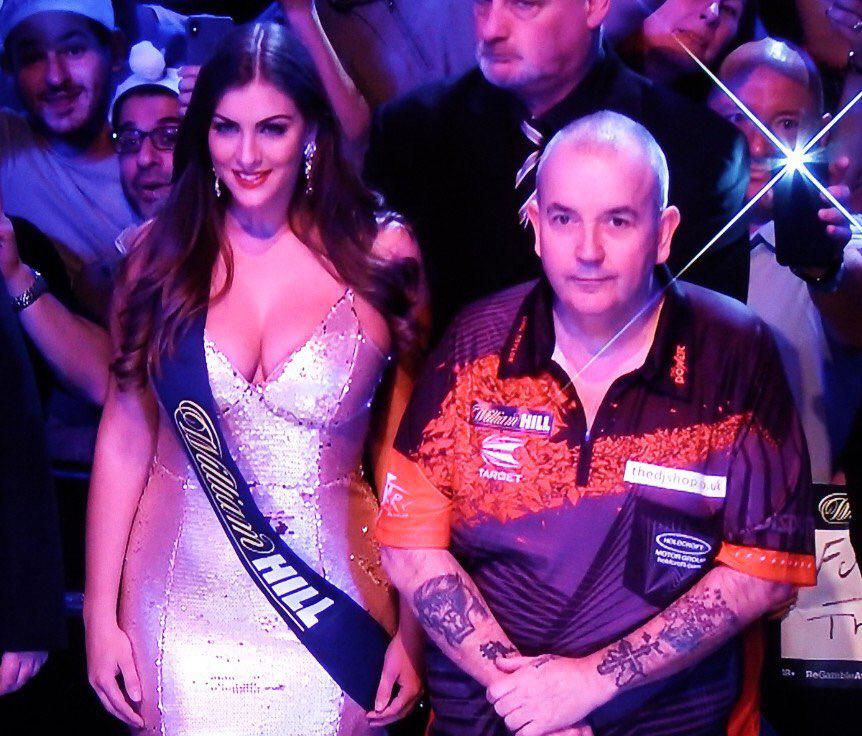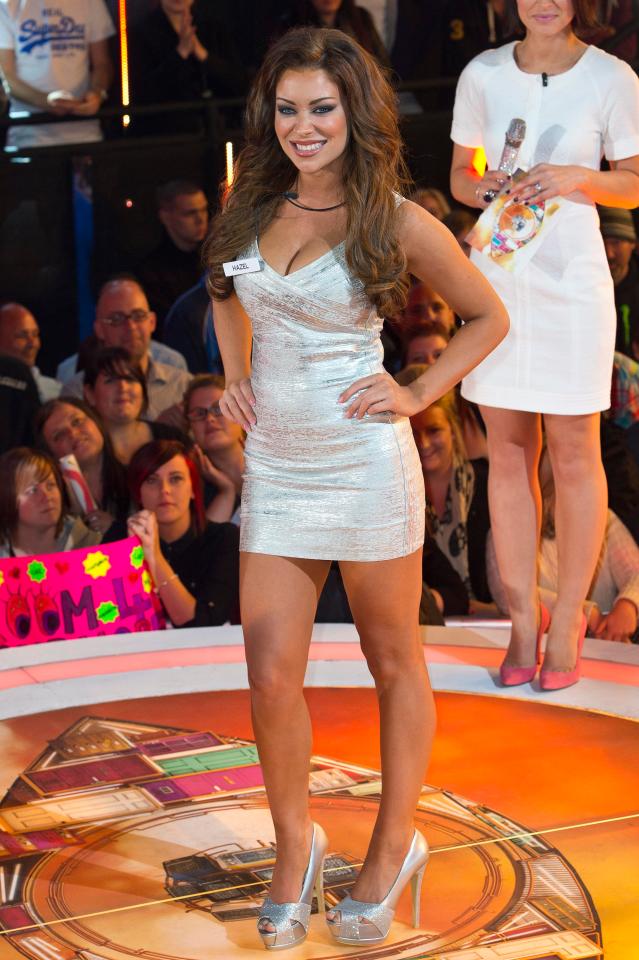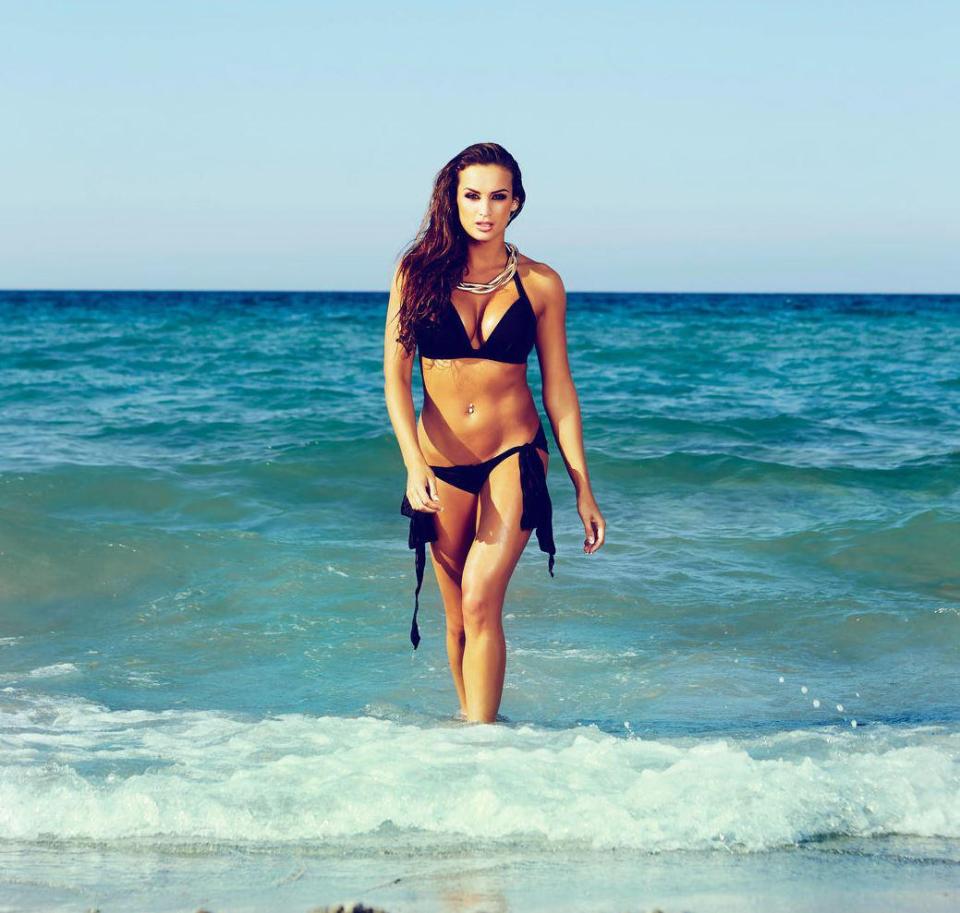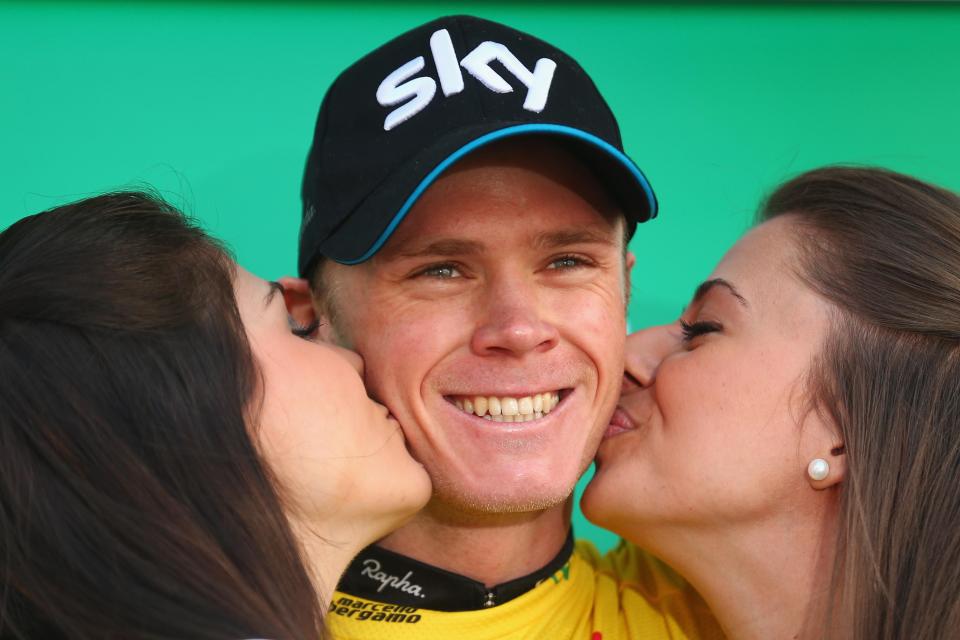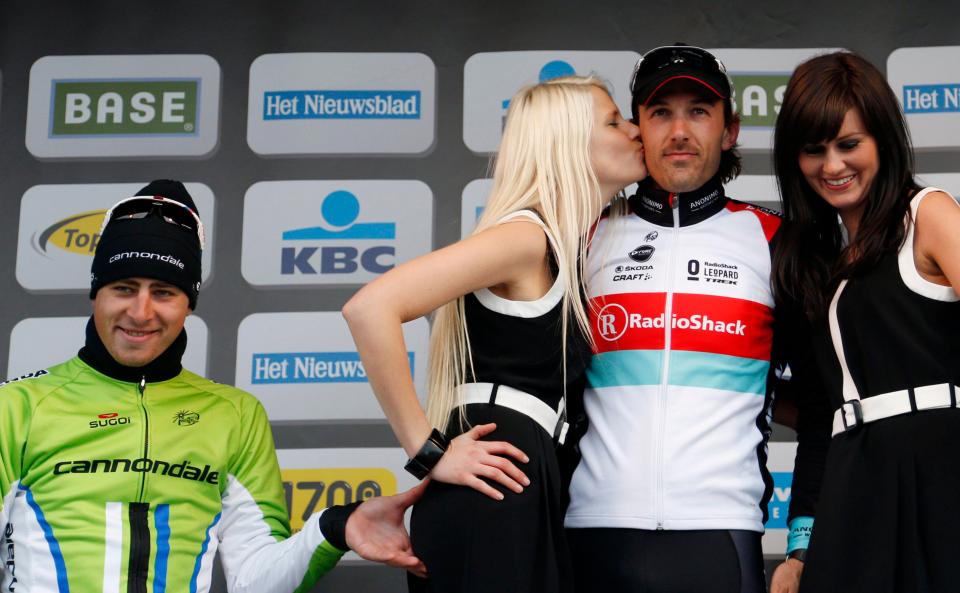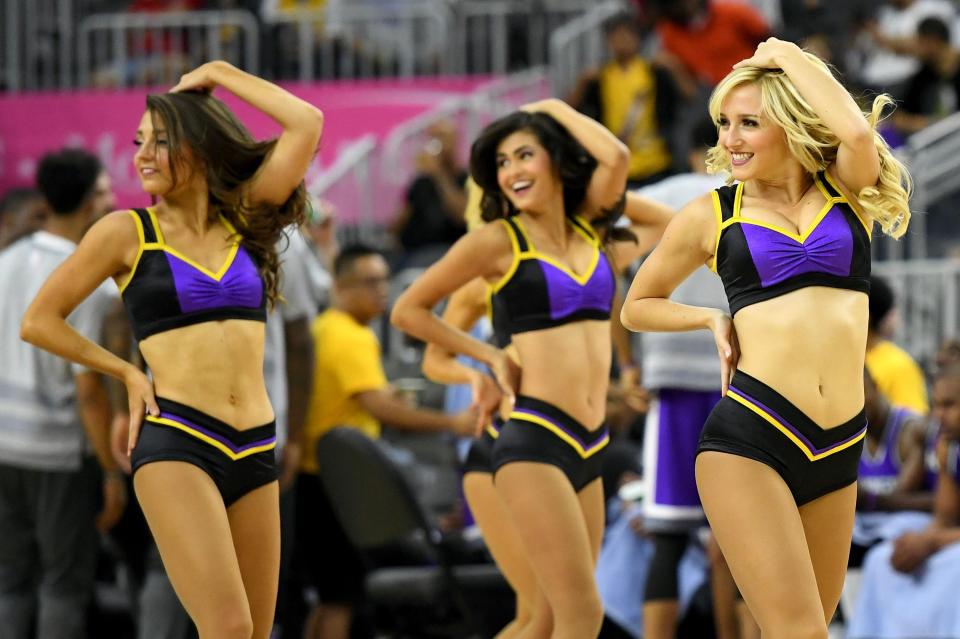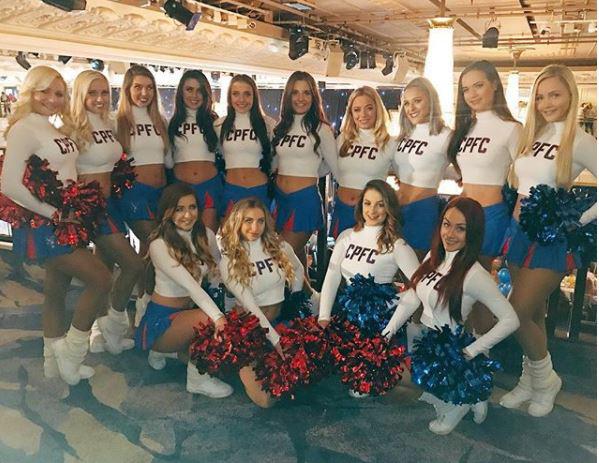Walk-on girls, cheerleaders, ring girls and grid girls: How boxing, Formula One, UFC, the Tour de France and Darts have women entertain the crowd
Darts proposes to scrap walk-on girls and other sports may follow suit

THE PDC has announced they will no longer use walk-on girls after pressure from broadcasters and some fans.
But a petition to save ring girls - backed by Kelly Brook - has now reached more than 30,000 signatures.
Here, we look through the sports that still use women to entertain the crowd.
Cheerleaders
The whole premise first started in America.
Cheerleading has been a part of university and college sports since the mid-19th century.
For many years organised cheerleading was an all-male activity - the first female squad came in 1923 at the University of Minnesota.
Professional cheerleading became a fixture in American football in the 1950s and now nearly all professional sports teams in the US have them.
An estimated 1.5million people take part in cheerleading around the world.
Ring girls
Famed boxing publication Ring Magazine published a photo of a Las Vegas model holding a sign at a boxing match in 1965 - and promoters adapted the idea to hold placards in between rounds.
Ring girls hold up signs to let fans know what round the fight is entering.
All combat sports, including MMA promotions such as UFC and Bellator, employ ring girls.
Ronda Rousey complained in 2015 that some UFC ring girls were paid more than fighters.
Arianny Celeste, a millionaire who earns most of her money modelling outside the ring, hit back by saying Rousey was a "big bully".
Grid girls
Motorsports quickly followed boxing, and racing legend has it that Rosa Ogawa was the first grid girl in Japan in the late 1960s.
All types of racing quickly brought in and grid girls have been a fixture on tracks ever since.
They usually hold up starter numbers and also pose on the podium with the top three finishers.
Winning drivers will regularly spray the podium girls in celebration.
In Formula One, grid girls usually have some reference in their outfit to the hosting country.
In December, F1's new owners said they were reviewing the future of grid girls in the sport.
Car shows often use promo girls to entice people to look at their cars.
Walk-on girls
Darts have used walk-on girls since the game became televised in the 1970s.
Many of the girls have used the platform to launch successful modelling careers.
Walk-on girls have gone on to have TV careers, with some appearaning on Ex on the Beach, Big Brother and Love Island.
The Women's Sport Trust "applaud" the PDC's decision to scrap the practice, but walk-0n girls have hit back.
Charlotte Wood, who earns 60 per cent of her income at the darts, said her rights are "being taken away".
Podium girls
A fixture of the cycling world, it has long been tradition for podium girls to pose with race winners and plant a kiss on the cheeks of the winner.
They have been a fixture on the Tour de France, Vuelta a Espana and Giro d'Italia since the 1960s.
But their future is in doubt.
The Tour Down Under scrapped them last year, while Vuelta organises have introduced a male 'steward'.
There have long been calls for podium girls to be scrapped in cycling.
Peter Sagan caused a storm when he was pictured pinching one of the girls' bums at the Tour de France in 2013.
He later apologised.
MOST READ IN SPORT
Dance squads
Another American invention, but slightly different from cheerleaders, dance squads are basketball's equivalent.
They don't tend to hold pompoms or lead cheers for fans - instead performing intricate street dance routines.
There are some mixed squads but usually they are all-women.
Premier League
Top flight football in this country is no stranger to cheerleaders either.
With the advent of the Premier League, Crystal Palace stole a little bit of glitz and glamour, introducing the Crystal Girls.
The dancing squad can still be seen at Selhurst Park.
West Ham (Hammerettes) and Leyton Orient (Cherry-Os) also had their own squads - but those have now been disbanded.


